- About MAA
- Membership
- MAA Publications
- Periodicals
- Blogs
- MAA Book Series
- MAA Press (an imprint of the AMS)
- MAA Notes
- MAA Reviews
- Mathematical Communication
- Information for Libraries
- Author Resources
- Advertise with MAA
- Meetings
- Competitions
- Programs
- Communities
- MAA Sections
- SIGMAA
- MAA Connect
- Students
- MAA Awards
- Awards Booklets
- Writing Awards
- Teaching Awards
- Service Awards
- Research Awards
- Lecture Awards
- Putnam Competition Individual and Team Winners
- D. E. Shaw Group AMC 8 Awards & Certificates
- Maryam Mirzakhani AMC 10 A Awards & Certificates
- Two Sigma AMC 10 B Awards & Certificates
- Jane Street AMC 12 A Awards & Certificates
- Akamai AMC 12 B Awards & Certificates
- High School Teachers
- News
You are here
Mathematical Treasure: Raimondo Montecuccoli’s Memorie della guerra
Raimondo Montecuccoli (1609–1680) was born in Italy and served in the military of the Habsburg Empire. Renowned for his tactical victories, he had studied military science, Euclidean geometry, and Vitruvian architecture while a prisoner of war in 1639. Late in his career, he drew on those studies to prepare several works, including the influential Memorie della guerra (ca 1661), which was translated into multiple languages and adopted in the 18th century by Ottoman Turks who had lost battles to Montecuccoli. For example, a 1697 Spanish translation is in the Internet Archive:
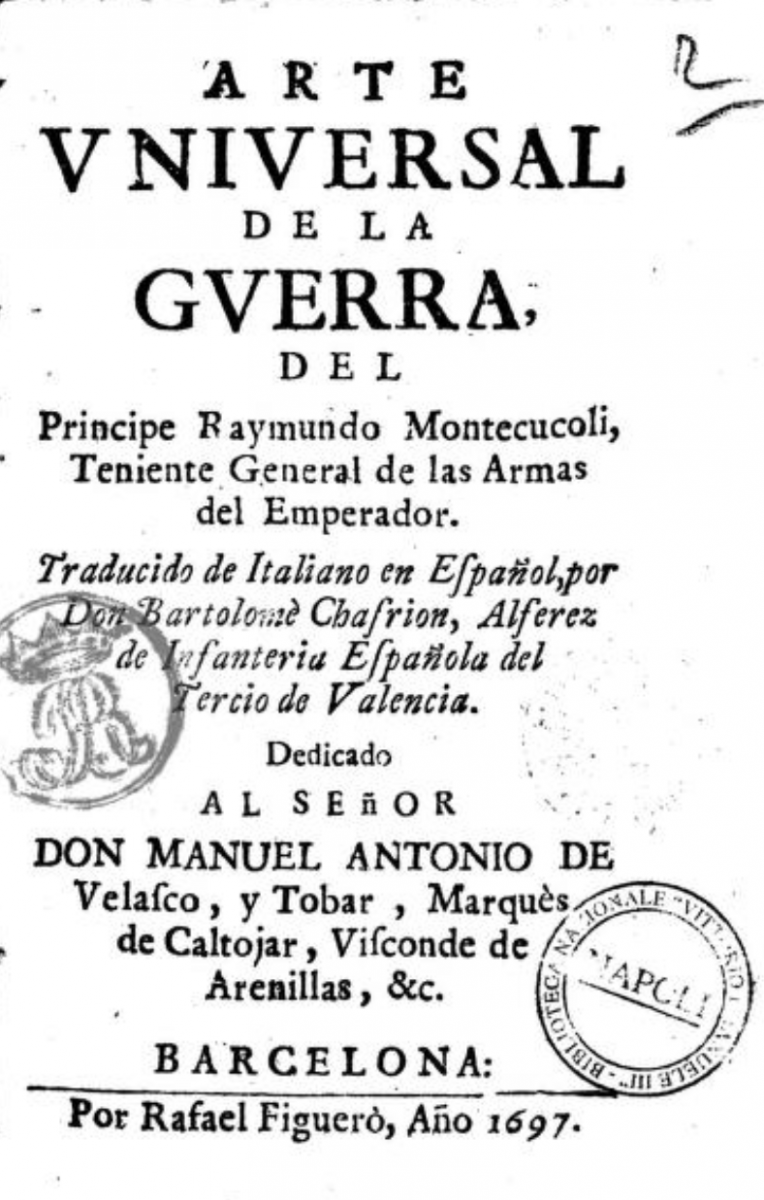
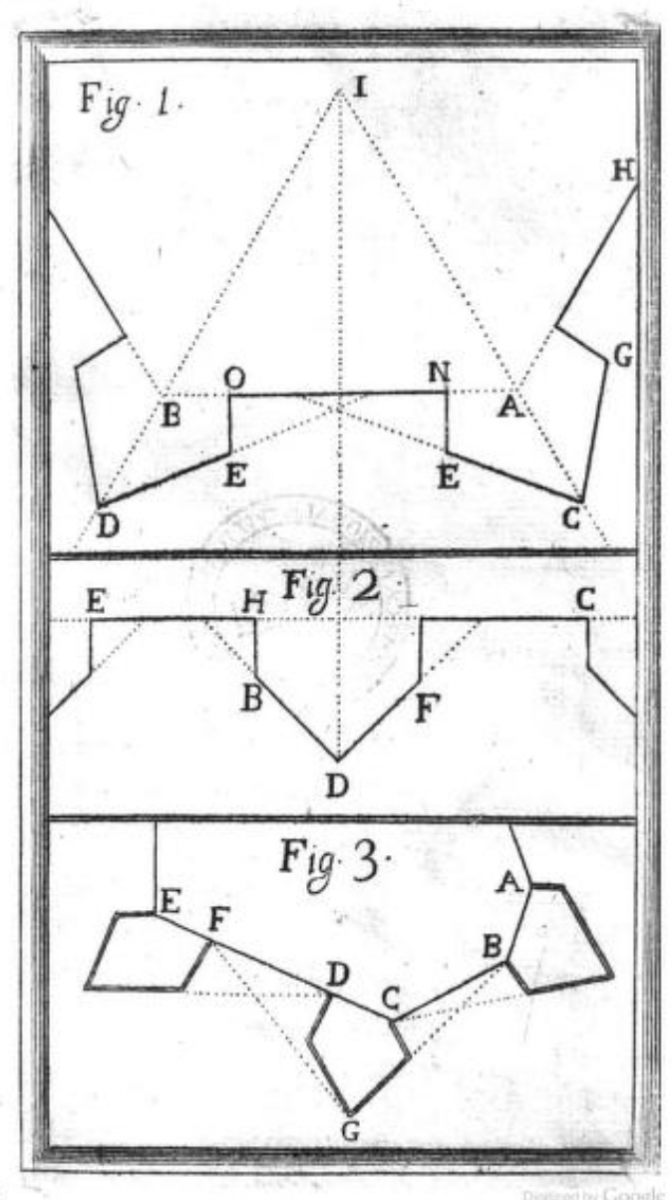
A 1704 printing in the original Italian from GoogleBooks (vol. 2) provides a table of the military arts:
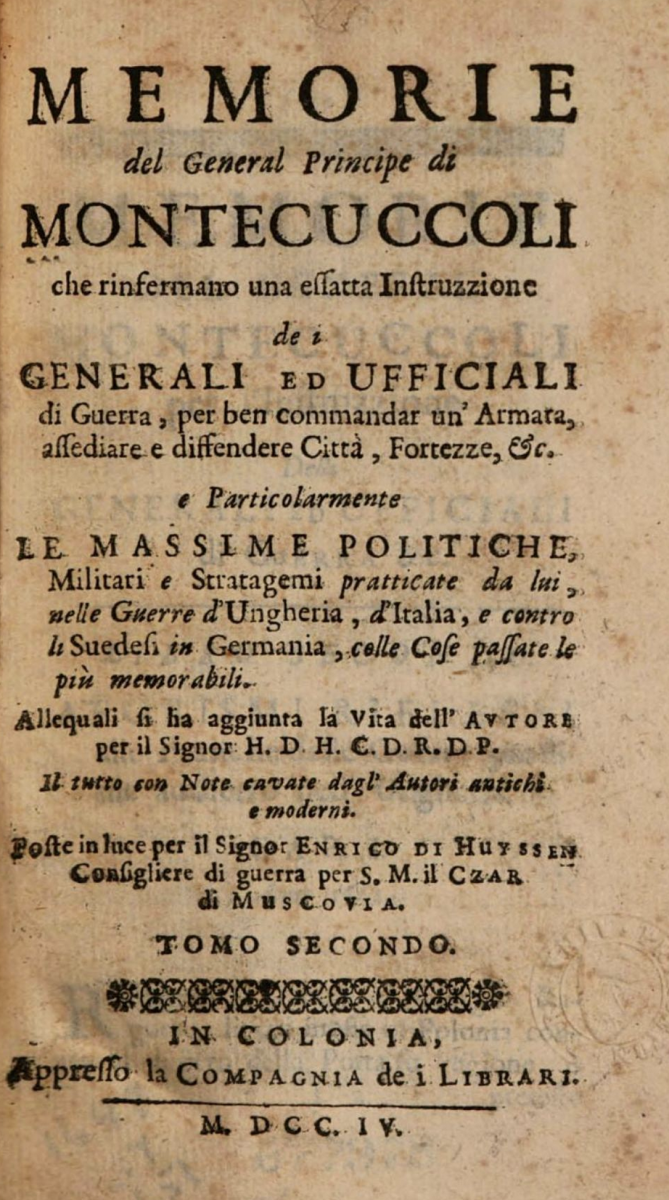
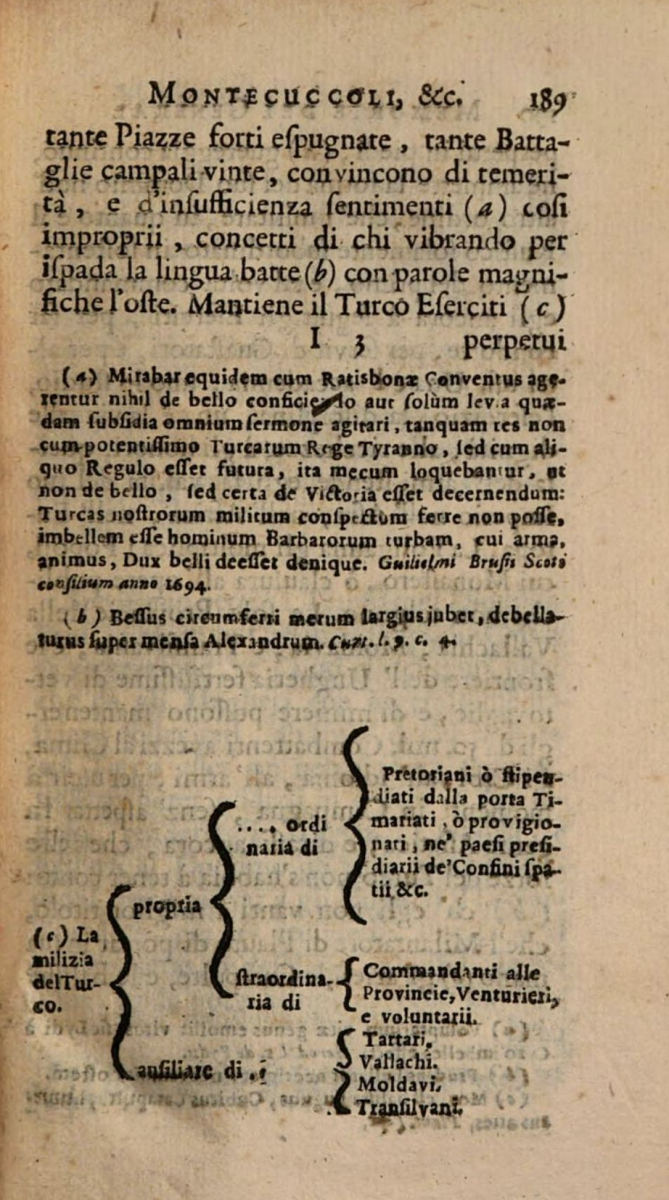
The 18th-century Turkish translation was titled Funun al-Harb and was made from a Latin translation titled Commentarii bellici. It may have been completed by the Hungarian-born polymath İbrahim Müteferrika (ca 1674–1745). This image showing instruments useful for determining cannon angles and ranges appeared in the Muslim Heritage blog in 2017.
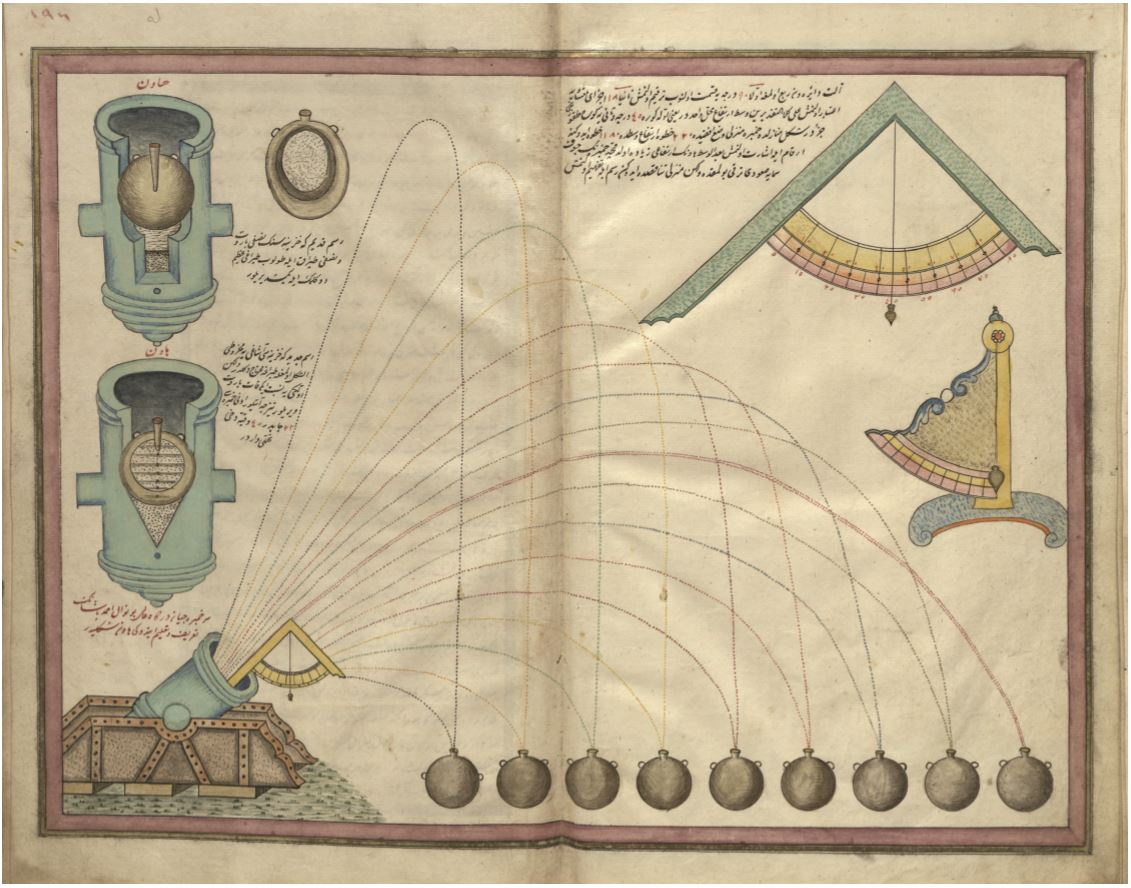
Frank J. Swetz (The Pennsylvania State University), "Mathematical Treasure: Raimondo Montecuccoli’s Memorie della guerra," Convergence (December 2022)




